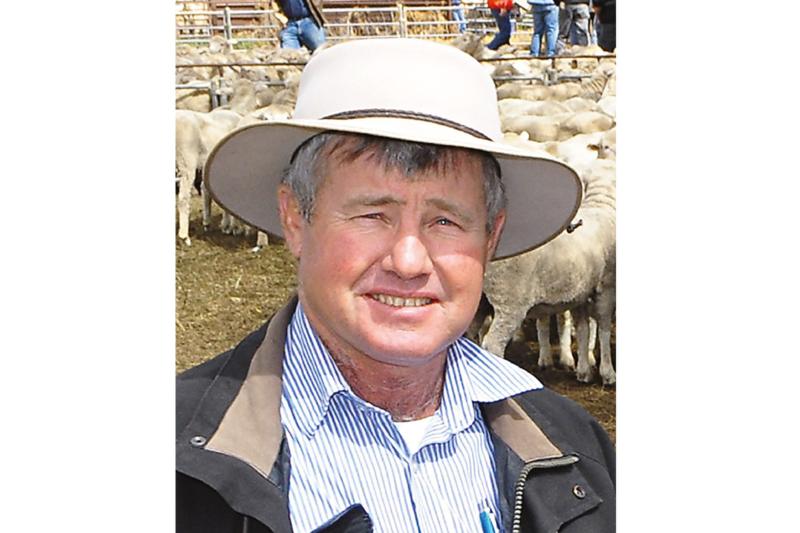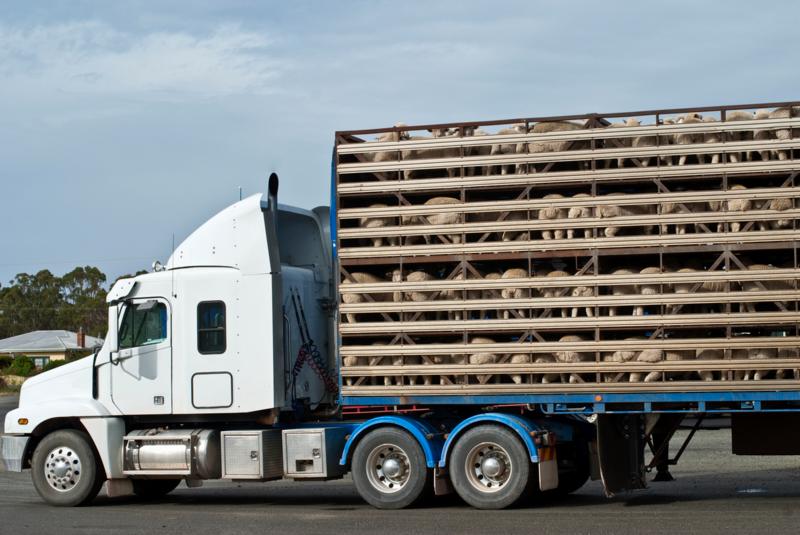THE travelling stock routes in the Western Division of NSW are totally different to the stock routes in the Central and Eastern Divisions of the state. In the Central and Eastern divisions, stock routes are fenced-off land that is owned by the Crown.
But that is not the case in the Western Division, where stock routes overlay our land leases. They are in fact a part of our leasehold.
If there is a designated stock route and a drover comes along, he has the right of way and has access to the watering point, but he is walking through our property.
“There are designated stock watering points every 16km along the stock highways in the Western Division.” – Greg Rogers
In most cases, these pieces of land are about 640 acres [259ha], equivalent to a square mile which was the original allocation used for reserves when stock routes began in the 1800s. Some are up to 1,280 acres.
These parcels of land have a watering point, which is a windmill with a tank or dam. They used to be fenced and maintained, but these days the majority of them have been let go. For the most part, they are surrounded by grazing land.
The one on our property is surrounded and landlocked by our holding. But we have to pay $300 a year to use that 640 acres for our sheep. All the fences are gone and our sheep just wander around. We maintain the watering point and use it, but it is still a piece of Crown land.
RELATED: Freehold titles up for grabs under new Crown land rules
The original idea when the route was regularly used was that if a drover came along and needed to water his stock then he could do so and then rest the animals there for one day before moving on to the next watering point.
Drovers can’t just come out here and walk along the route. They must have a destination and they must travel 16km each day.
 Booligal Merino farmer Greg Rogers.
Booligal Merino farmer Greg Rogers.
In the Central Division you could walk a mob of sheep out on the road for a month if the conditions are right. But you can’t do that in the Western Division.
About 75% of the travelling stock routes in NSW are in the Western Division and I reckon 95% of people have no idea how they work.
However, times have changed and changed dramatically. Farmers don’t move sheep along the routes anymore.
“I haven’t seen a drover with animals on the roads out here since 1990.” – Greg Rogers.
That was the last mob of cows, but the last mob of sheep went by in the early Seventies. Everything today is transported by truck.
The result is that there are a lot of parcels of this land that is essentially no longer used for its original purpose, which was the watering of travelling stock.
The current legislation says the land is for the use of stock exclusively. What’s going to happen to it and where do we stand in relation to its use into the future? These are the questions that a lot of farmers out here are asking.
The problem is they would have to change the legislation to allow a different use and if the government goes to change the use of a piece of Crown Land it immediately becomes subject to being appropriated by third parties.
I believe there are approximately 200 of these stock watering points in the Western Division. And up until now, no government has been game to touch them, because the minute they come onto the radar they will become subject to other claims. Even if a government was willing to take it on, it could be in the courts for the next 20 years.
There are approximately 200 watering points on stock routes in the Western Division. Photo by: Pip Farquharson.
The thing is that these parcels of land are for the most part landlocked by farming properties. The fences have fallen down and the infrastructure is falling down. By default, in most cases this land has become a part of the surrounding lease in every sense but name. I would say that applies in about 80-90% of cases.
“If you drove past one of these pieces of land, there is no way that you could see the boundaries between it and other properties.” – Greg Rogers.
I couldn’t show you where the boundary is on my own property. I am 58 years old. I was born on this property and the watering point has never been fenced in my lifetime.
The thing I would like to do is secure the title because then it is mine and nobody can take it off me. It’s possible that in the future some third party – God knows who, could come along and theoretically take it off me. Under the current legislation that would be difficult to do because the land is designated for stock use only.
** These are Greg’s personal views. If you would like to be ‘On my soapbox’ in a future issue of The Farmer, email: [email protected] or write to: The Farmer, Suite 53/26-32 Pirrama Rd, Pyrmont, NSW 2009. If your topic is chosen, a journalist will be in touch.
MORE SOAPBOX ARTICLES:
-
Kangaroos decimate farmers' profits
-
Climate change wreaking havoc
-
Farmers want a bigger say in weed management
-
Challenges of living in a mobile black spot
The future management of stock routes
Travelling stock routes and watering points were traditionally used for travelling stock and grazing. However, modern road transport means stock is rarely walked long distances, particularly in the Western Division of NSW.
 The moving of livestock has always been an important feature of rural life, however today trucking has become the norm as opposed to cattle drives on stock routes. Source: Getty Images.
NSW Local Land Services (LLS)
The moving of livestock has always been an important feature of rural life, however today trucking has become the norm as opposed to cattle drives on stock routes. Source: Getty Images.
NSW Local Land Services (LLS), the state government agency responsible for travelling stock reserve (TSR) management, says much of the land is now “more widely valued for biodiversity conservation, Indigenous culture and recreation”.
LLS acknowledges there is no consistent approach to how TSRs are managed across NSW. A statewide review of TSRs was conducted last year but LLS declined to comment on its recommendations because of the recent NSW elections and prevailing “caretaker” obligations.
However, the review includes a recommendation to shift management from the “private” footing that underpins the current usage to a more “commercial” approach, which may open up TSRs to broader use with a range of stakeholders including conservation and Indigenous groups.
The TSR network in NSW covers nearly 2 million hectares, with 75% – almost 1.5 million hectares, in the Western Division.
“What farmers, particularly the farmers in the NSW Western Division, need is legislative clarity around these pieces of land and how they will be managed into the future,” says NSW Farmers’ policy director – economics and rural affairs Kathy Rankin.